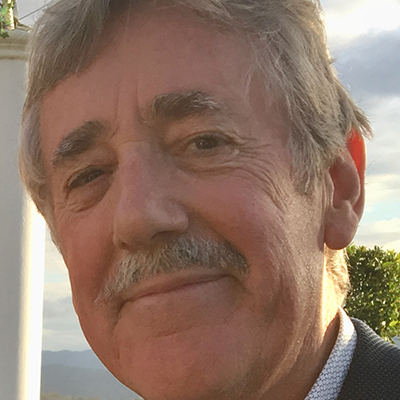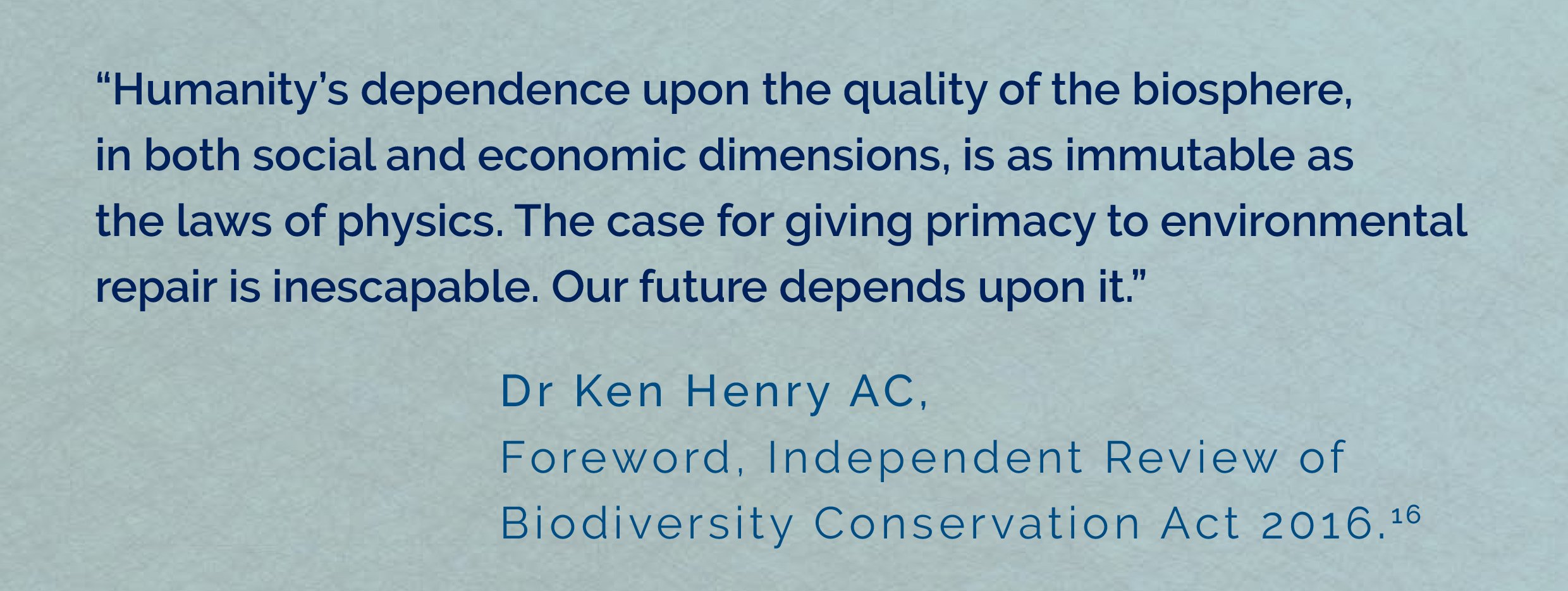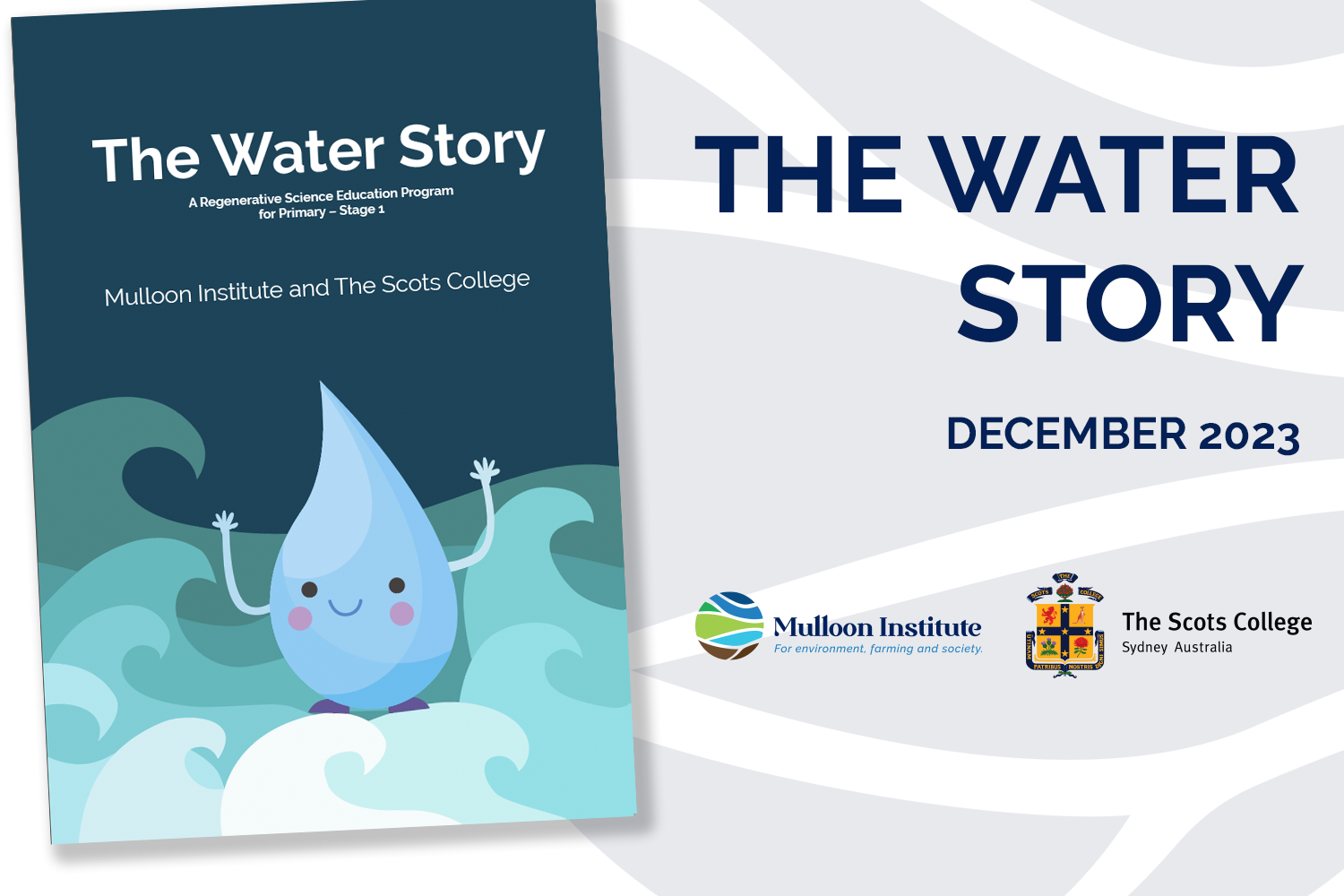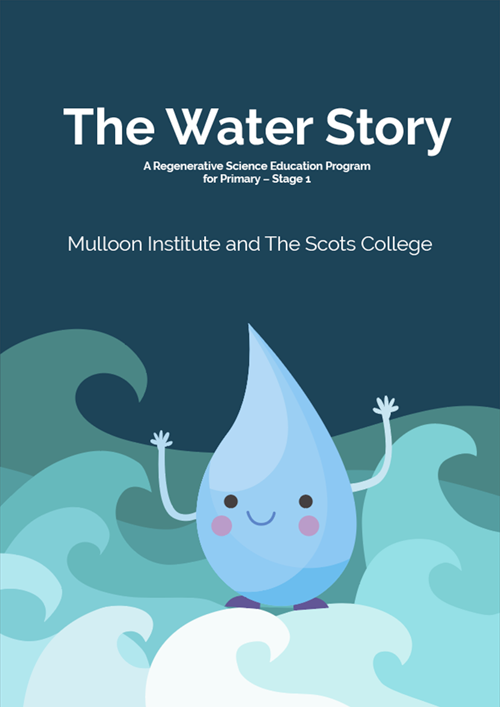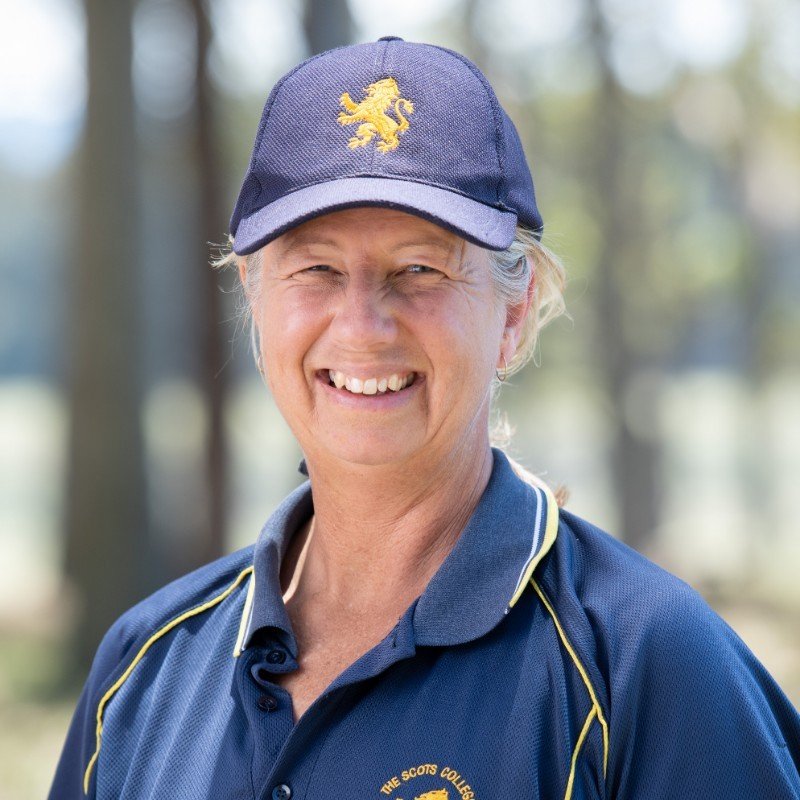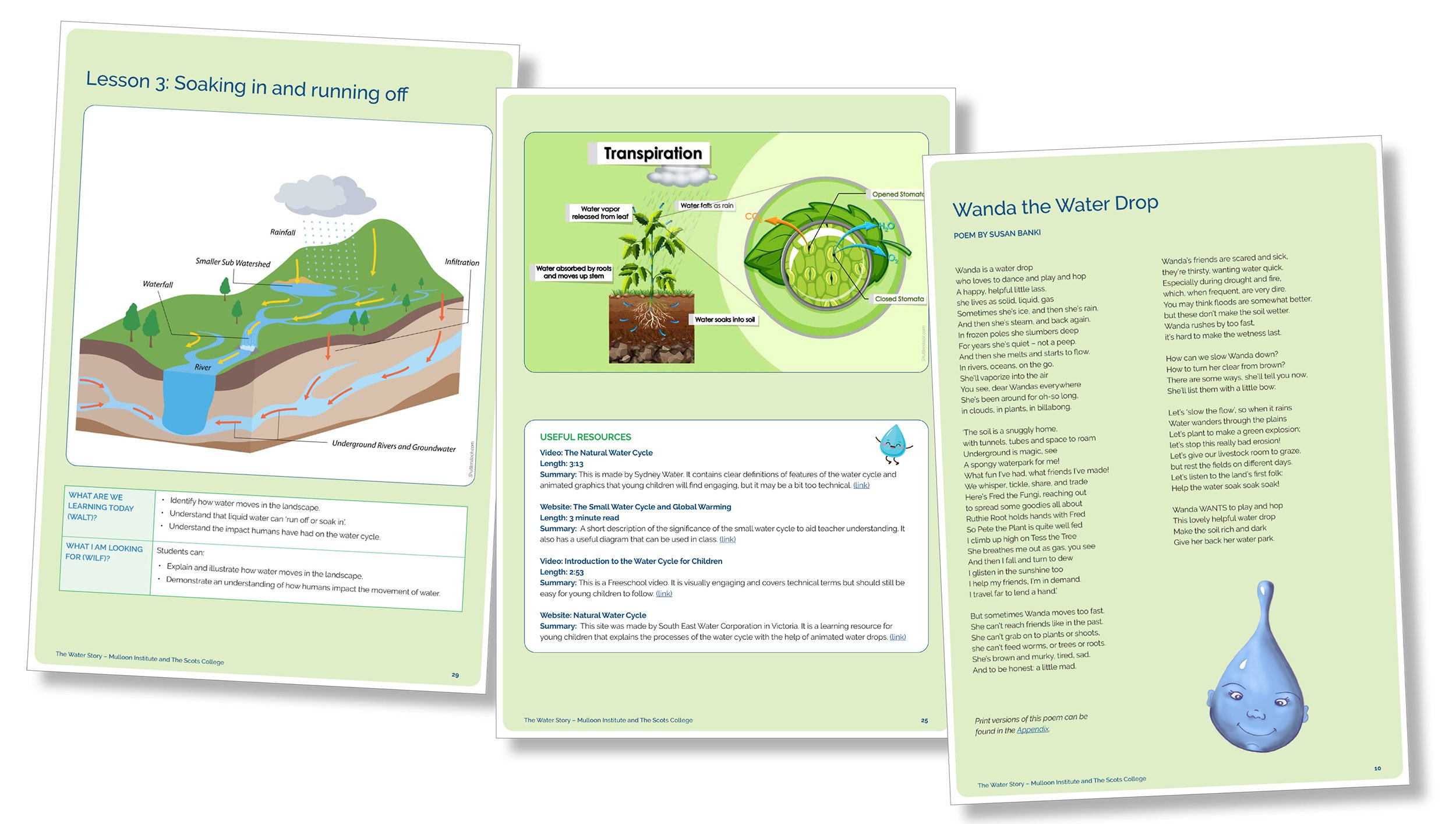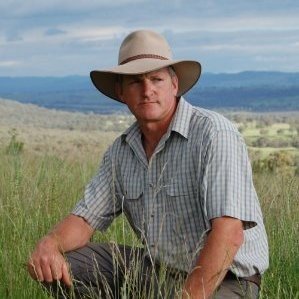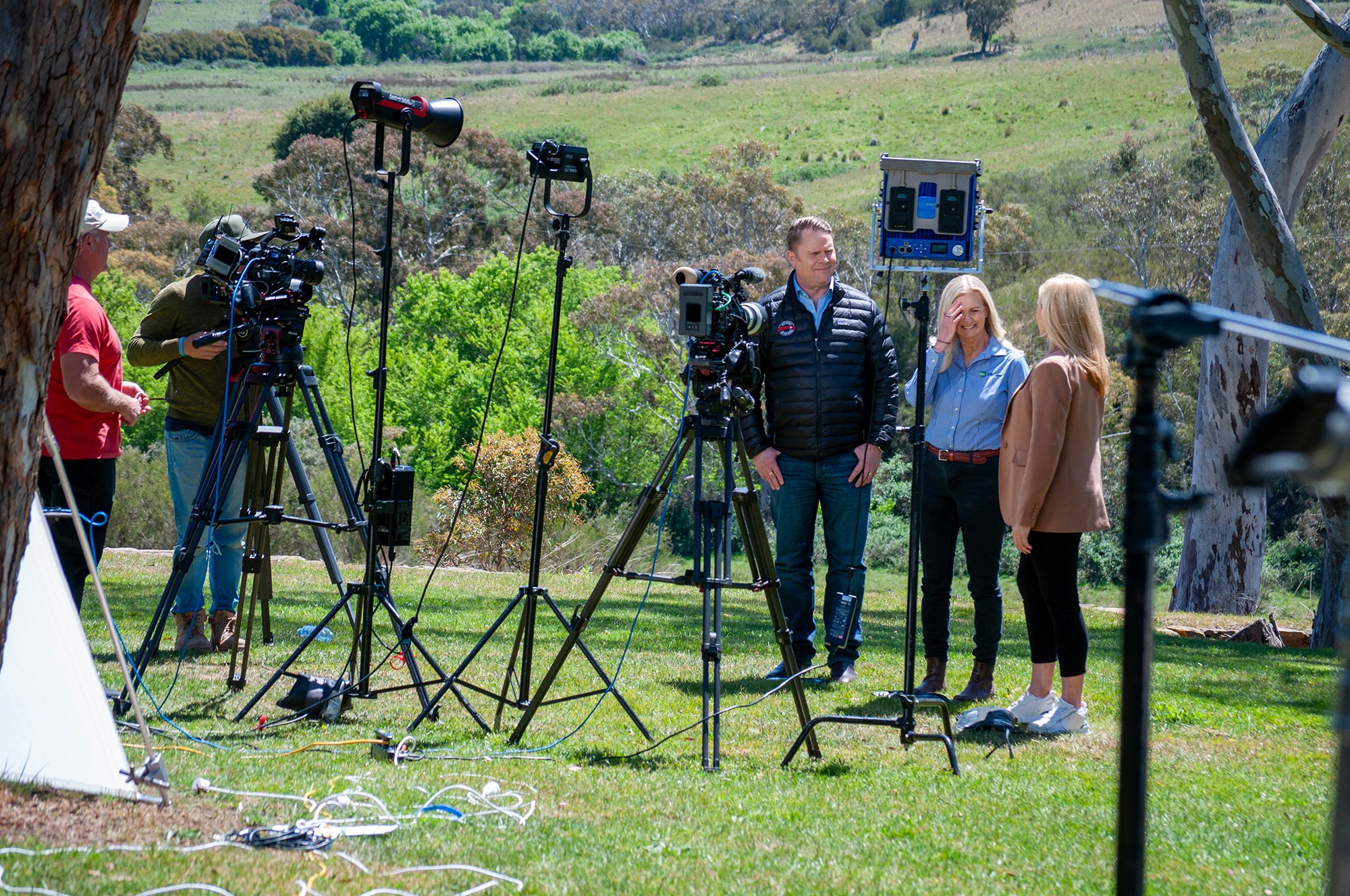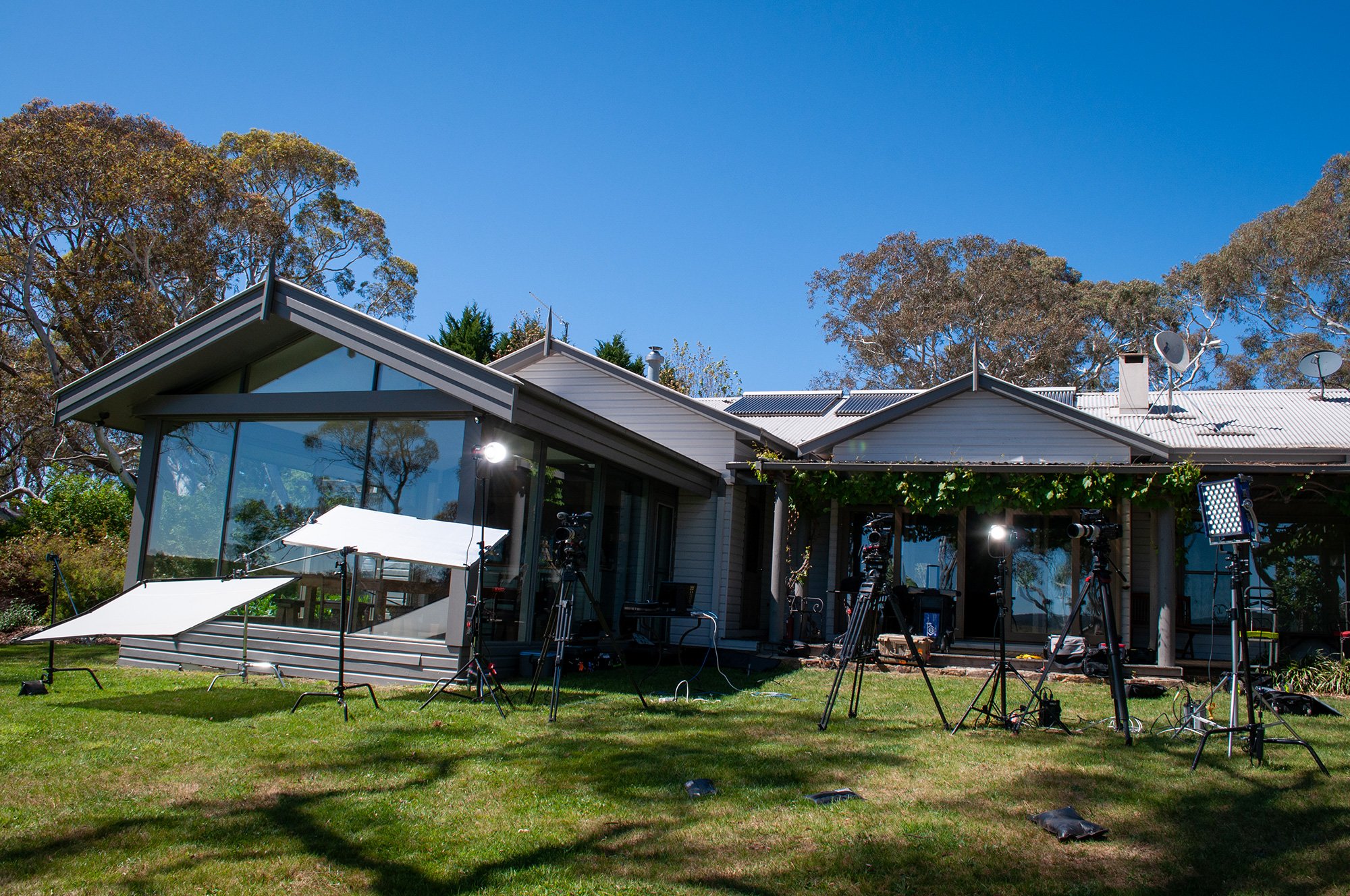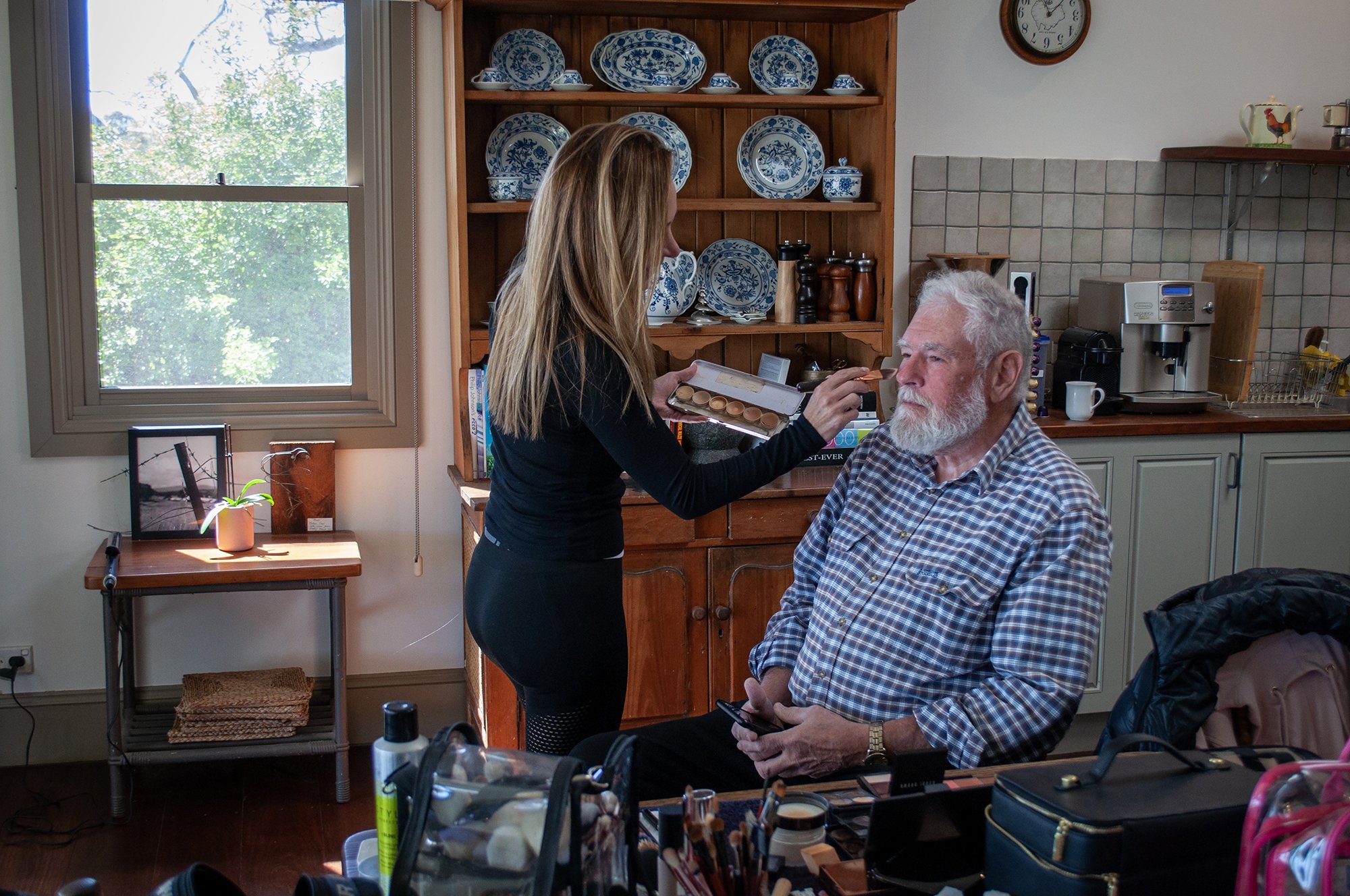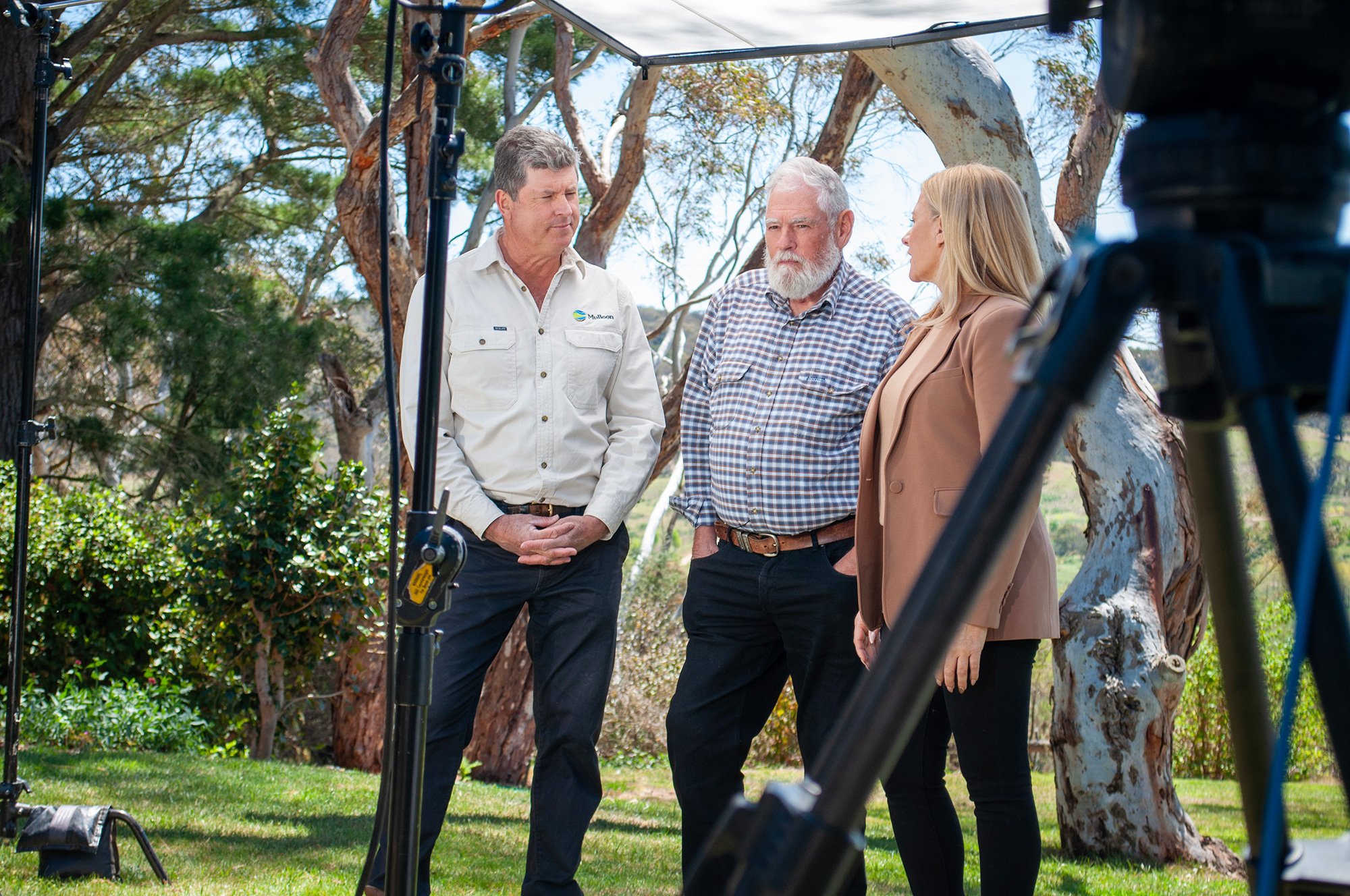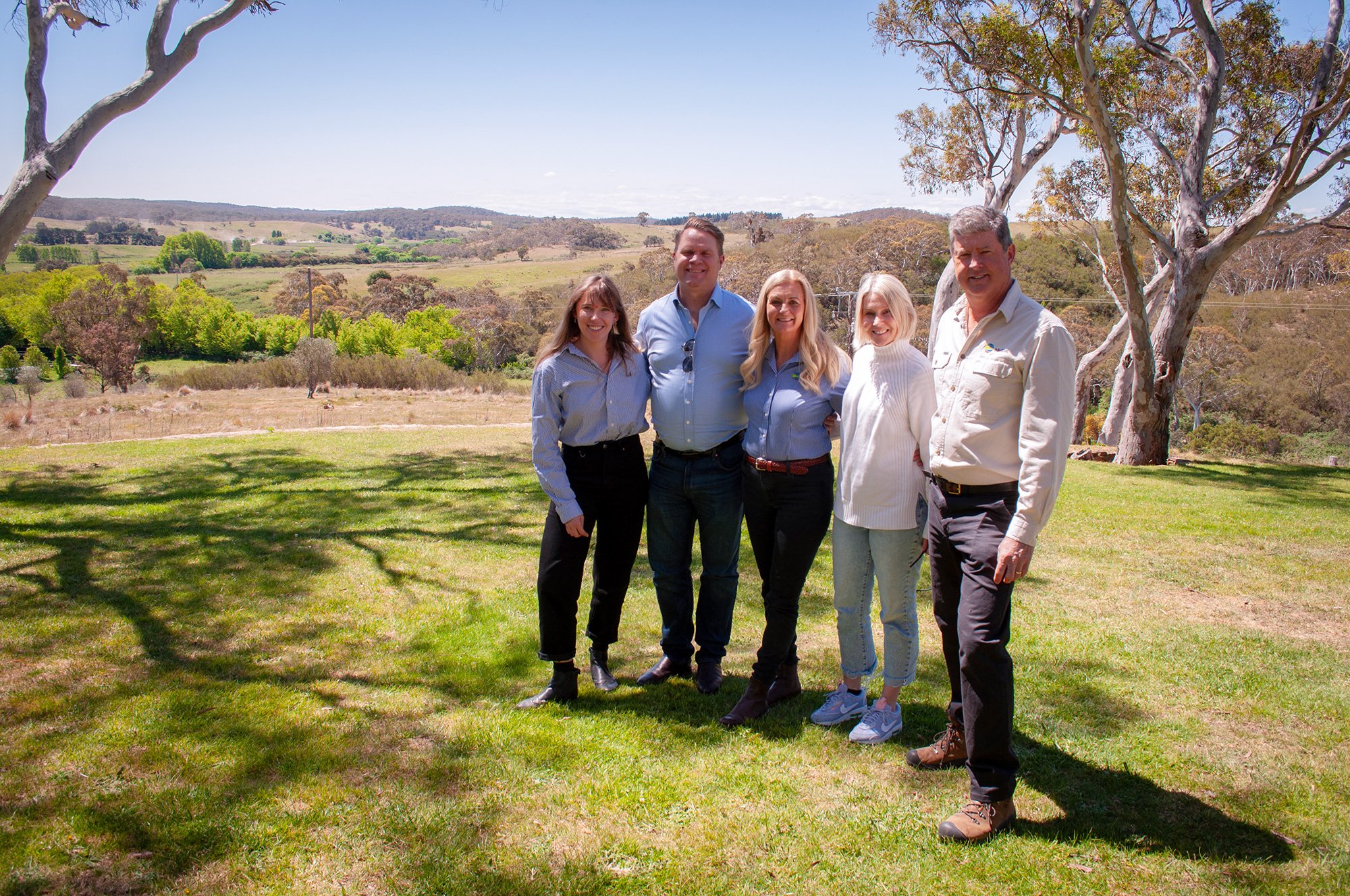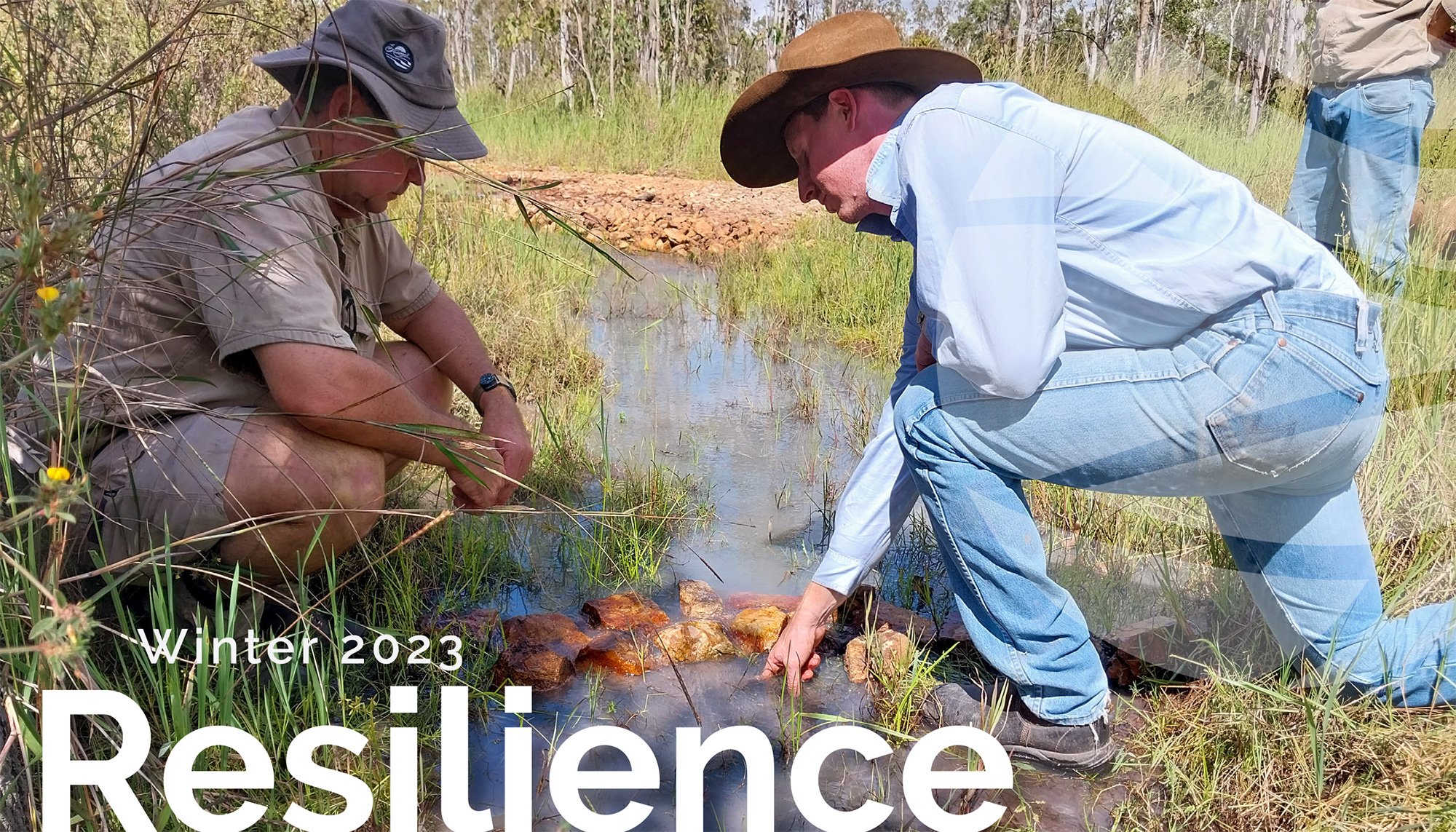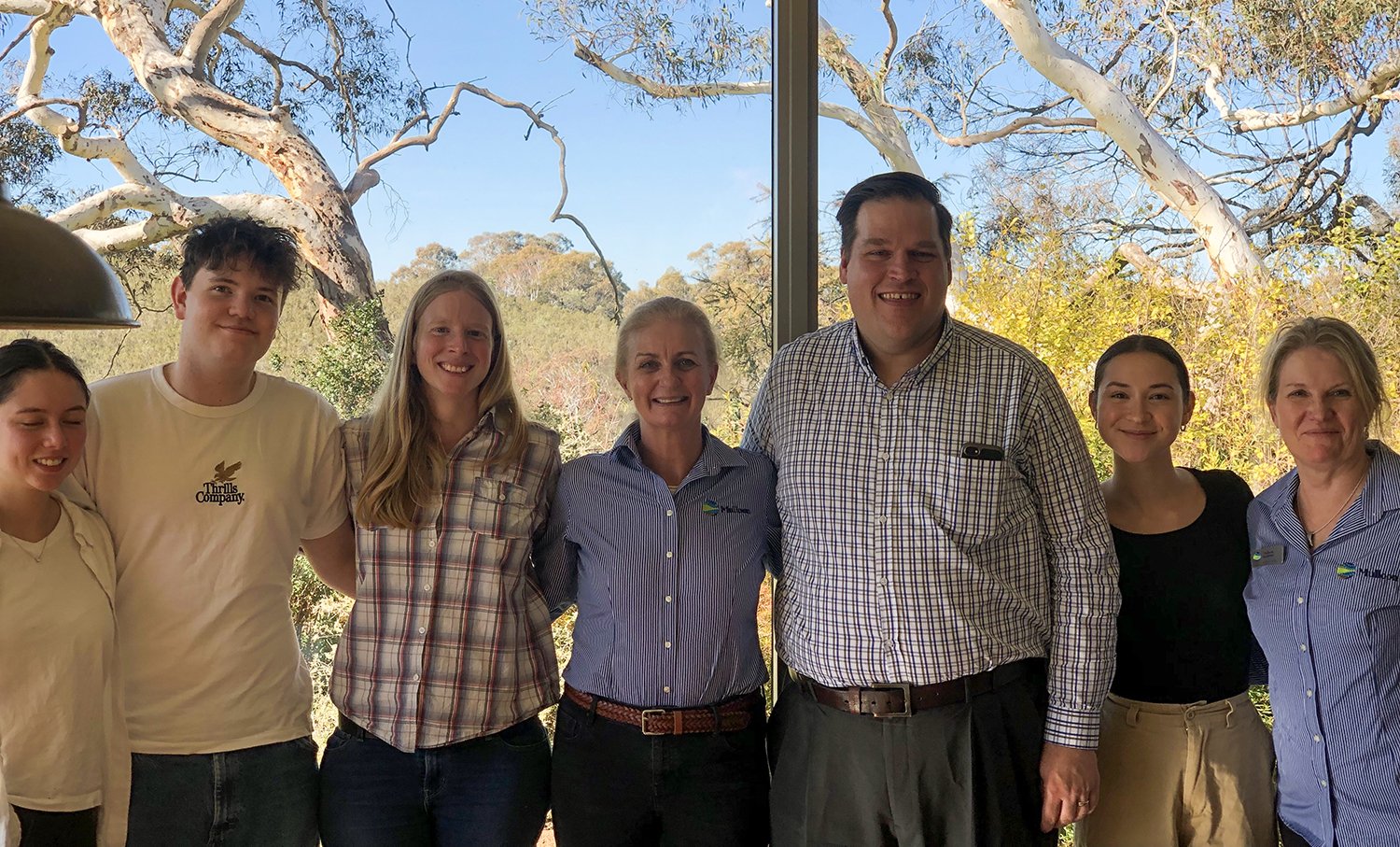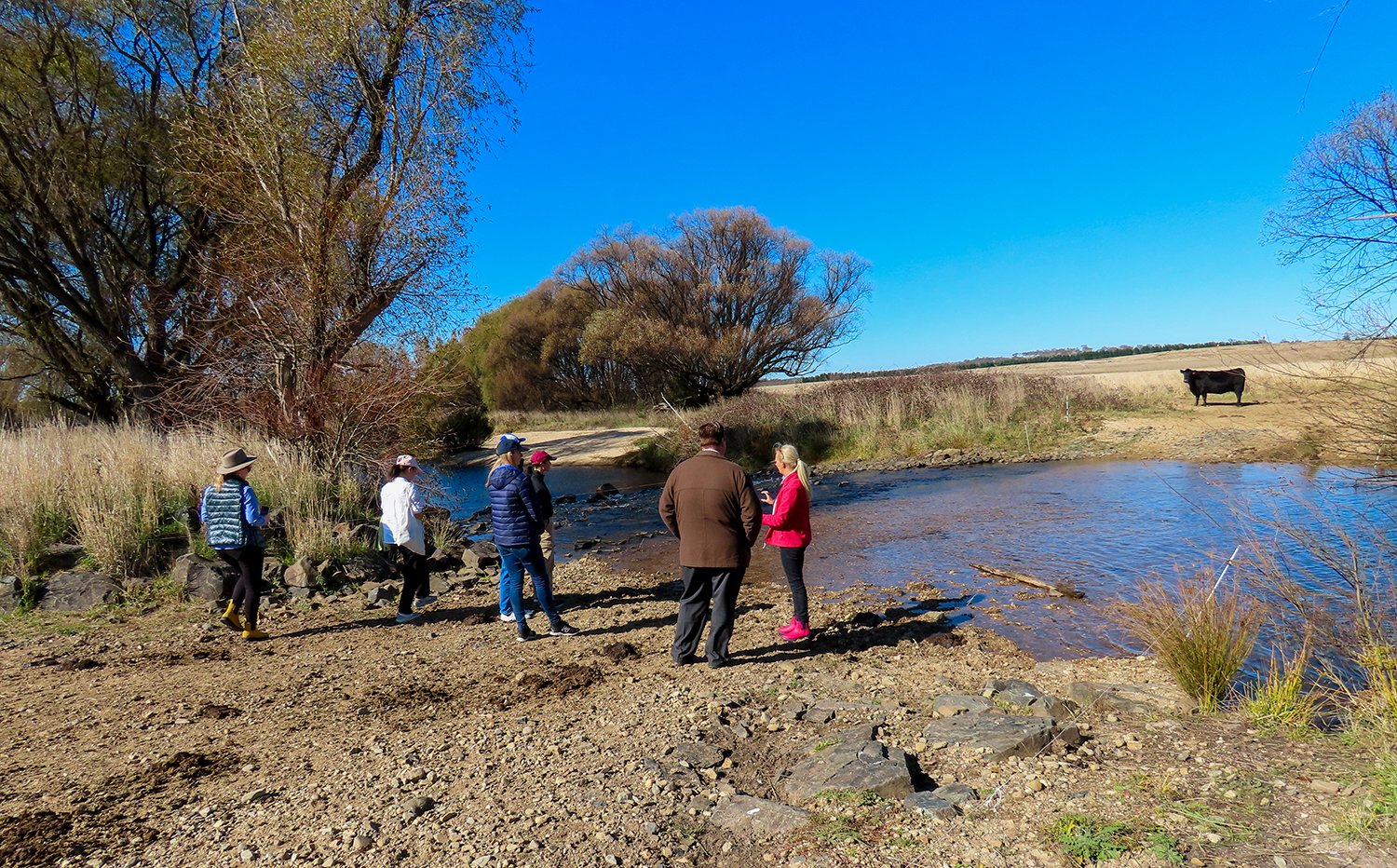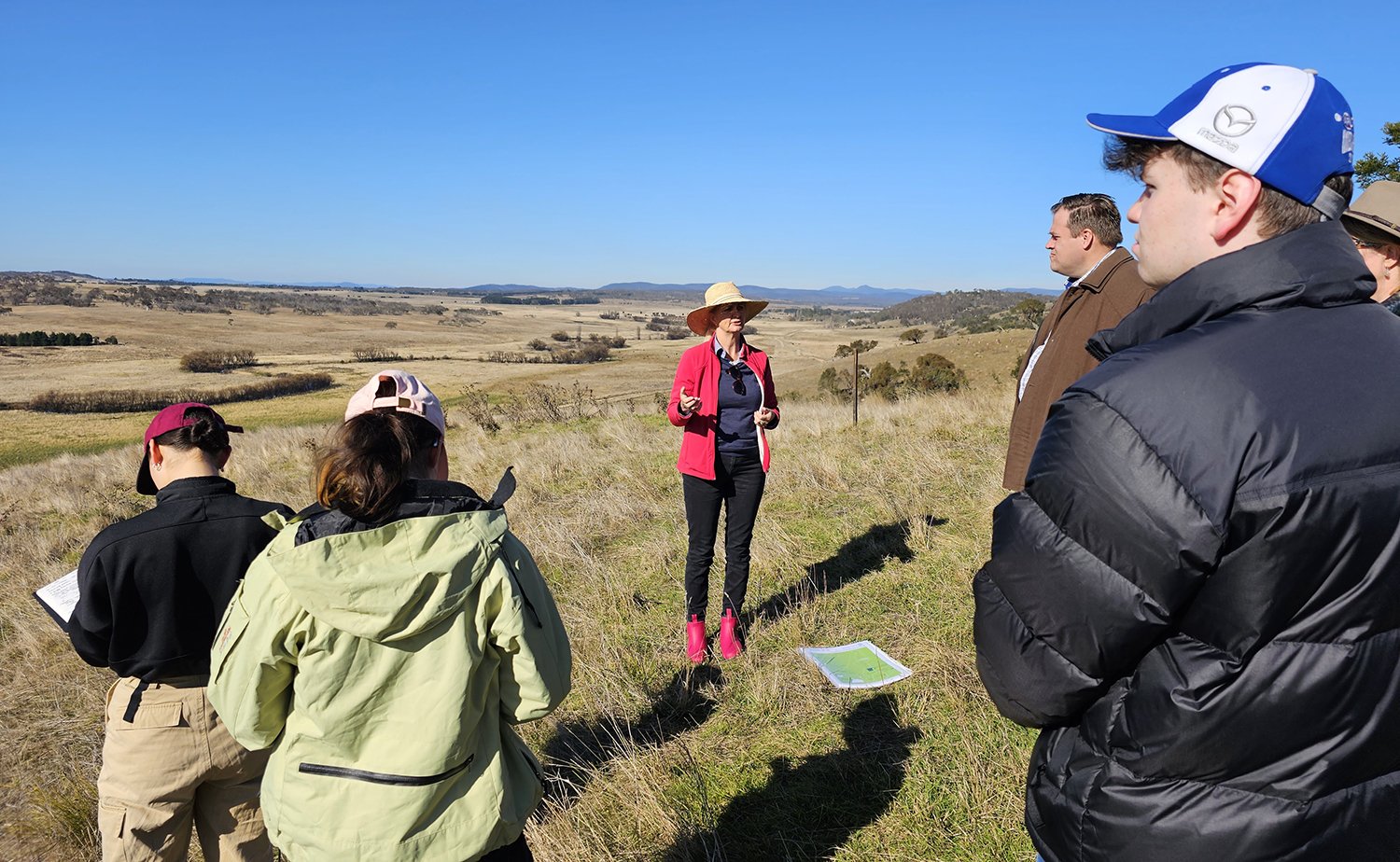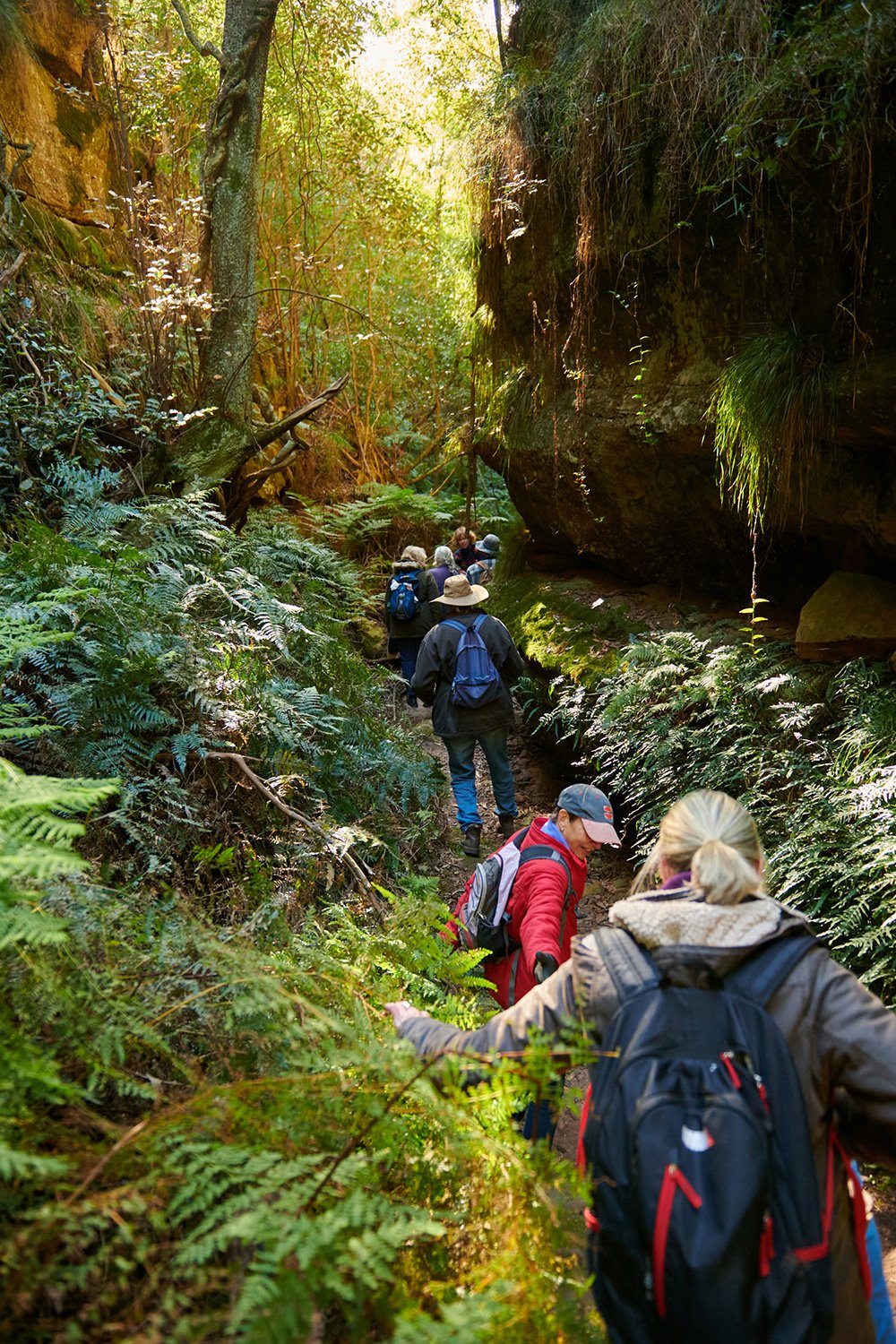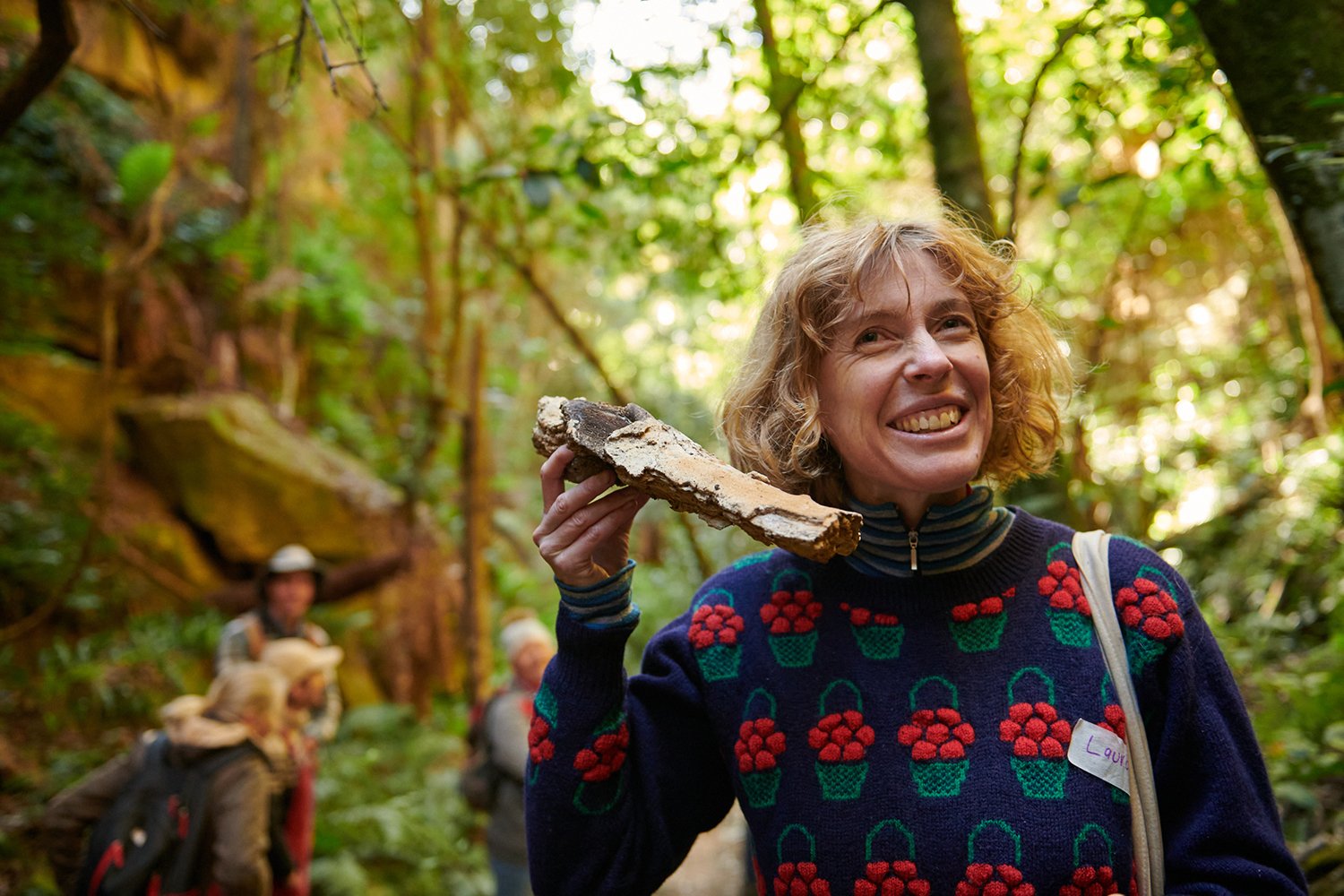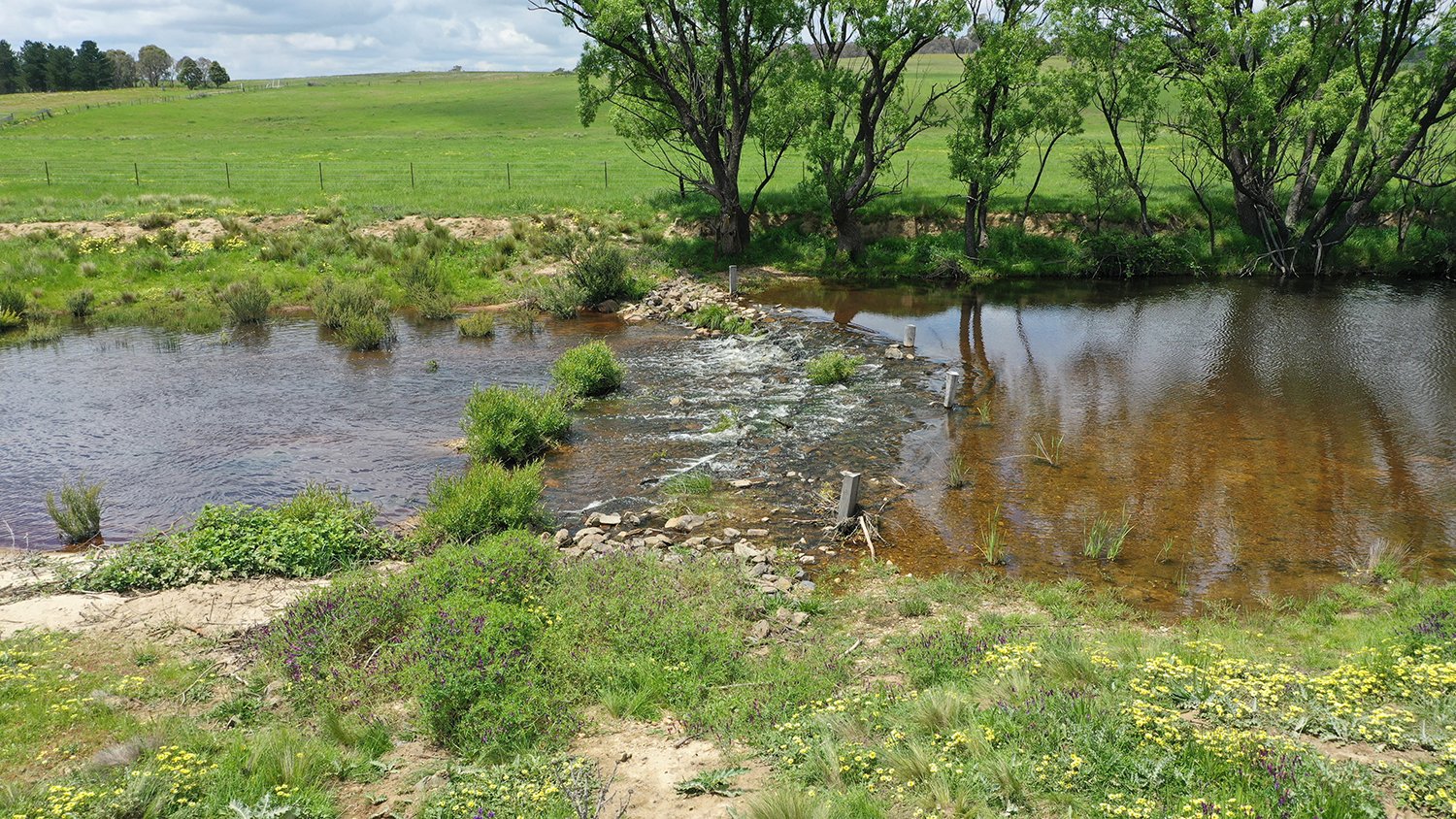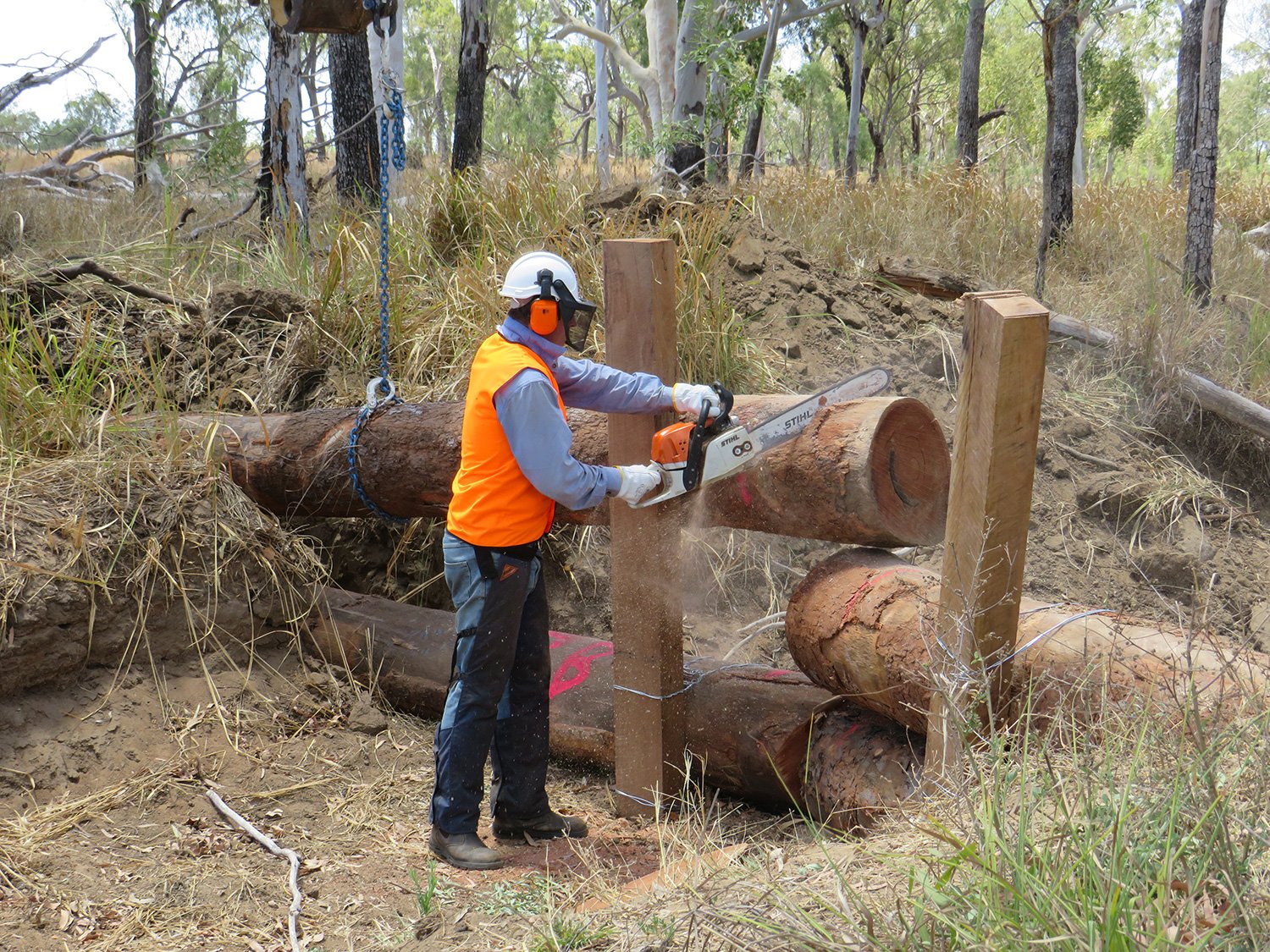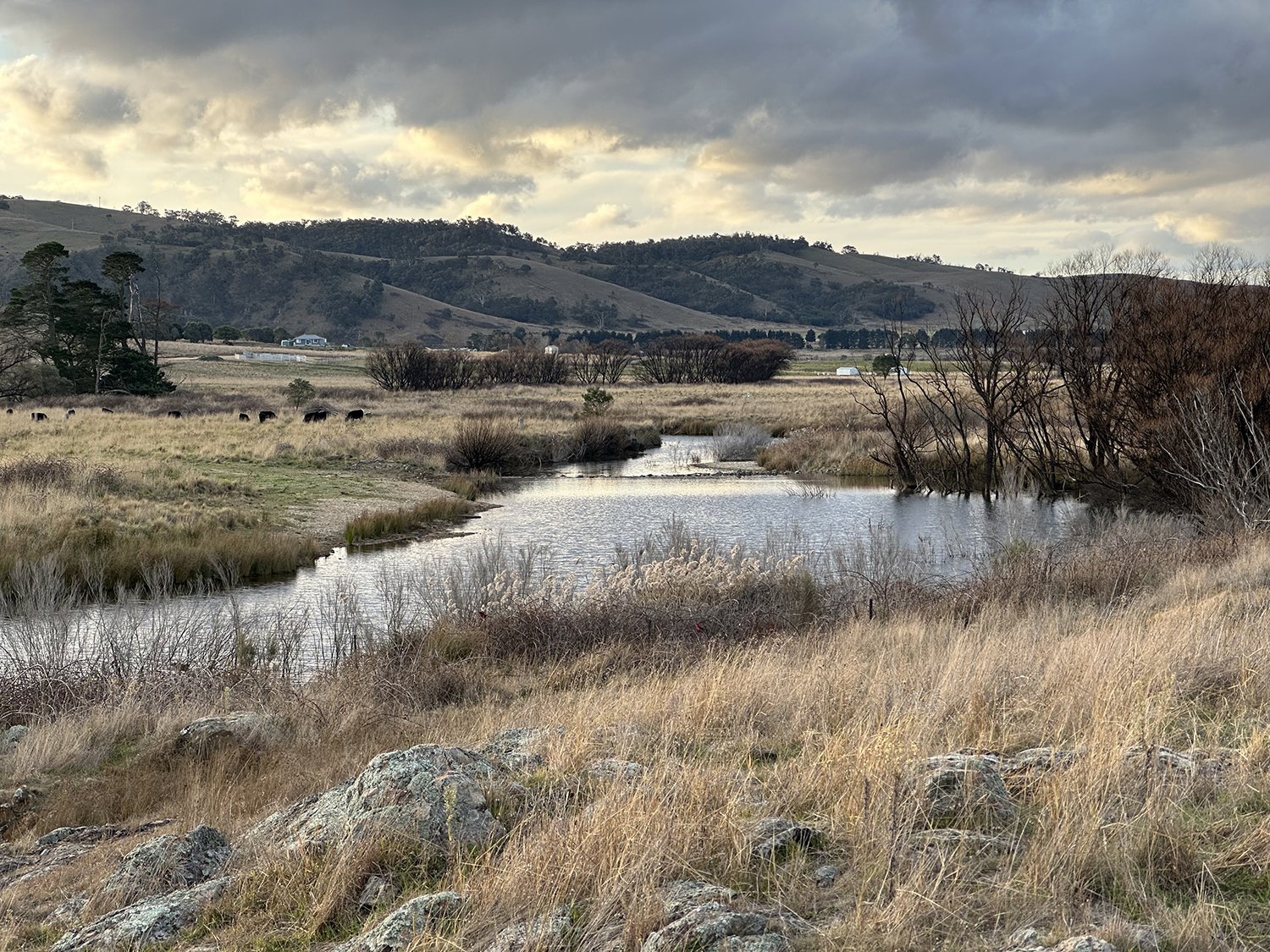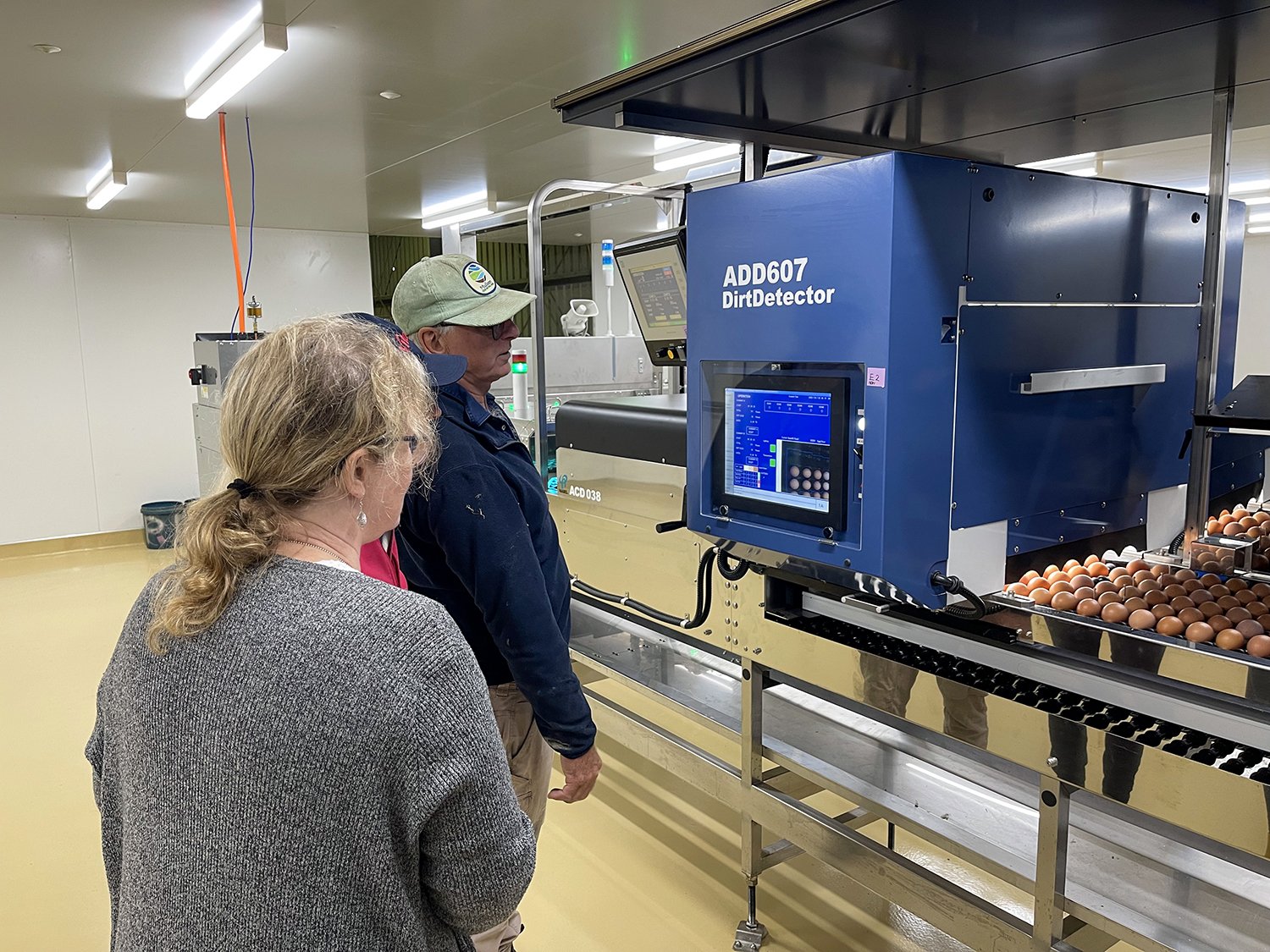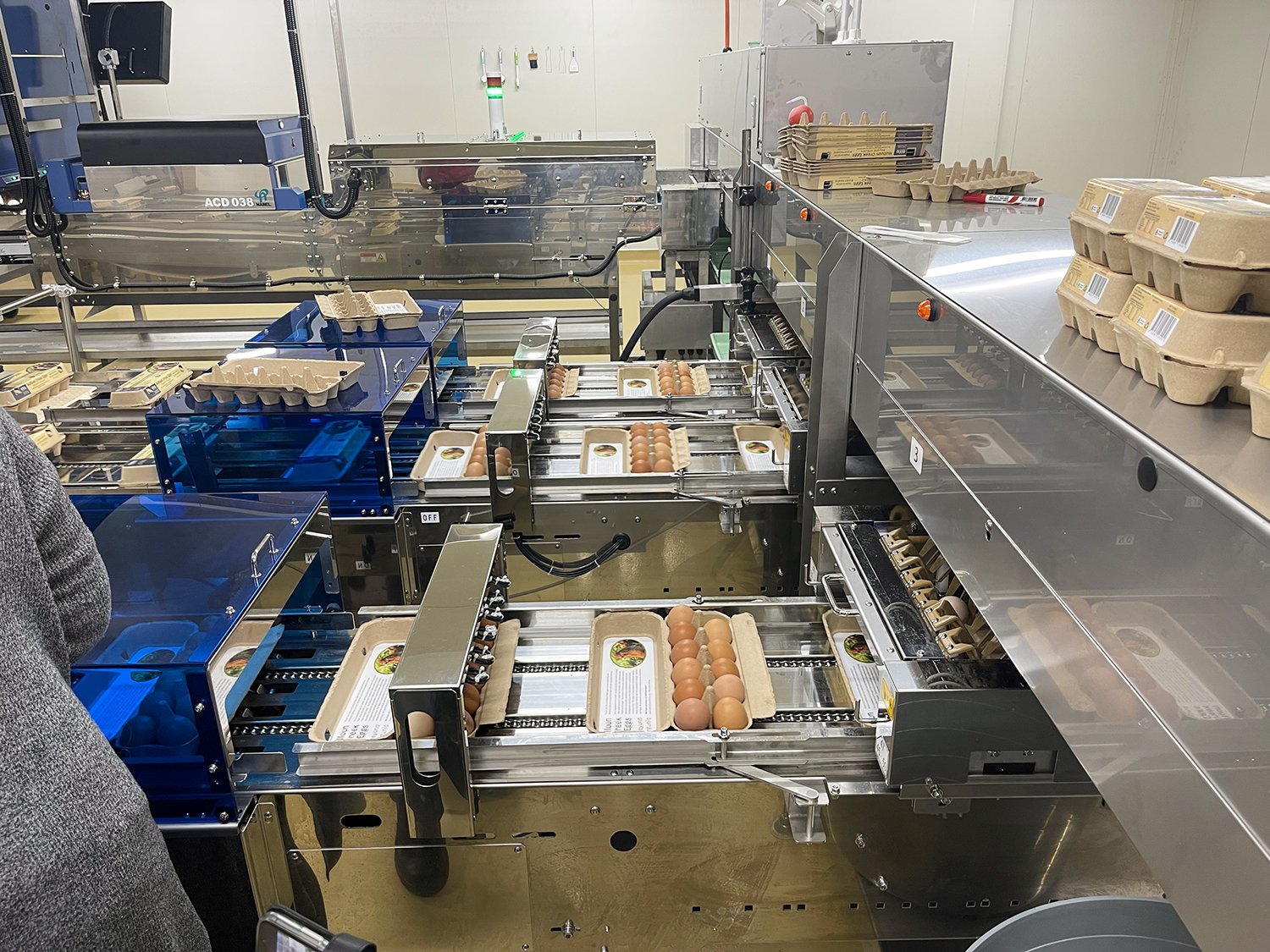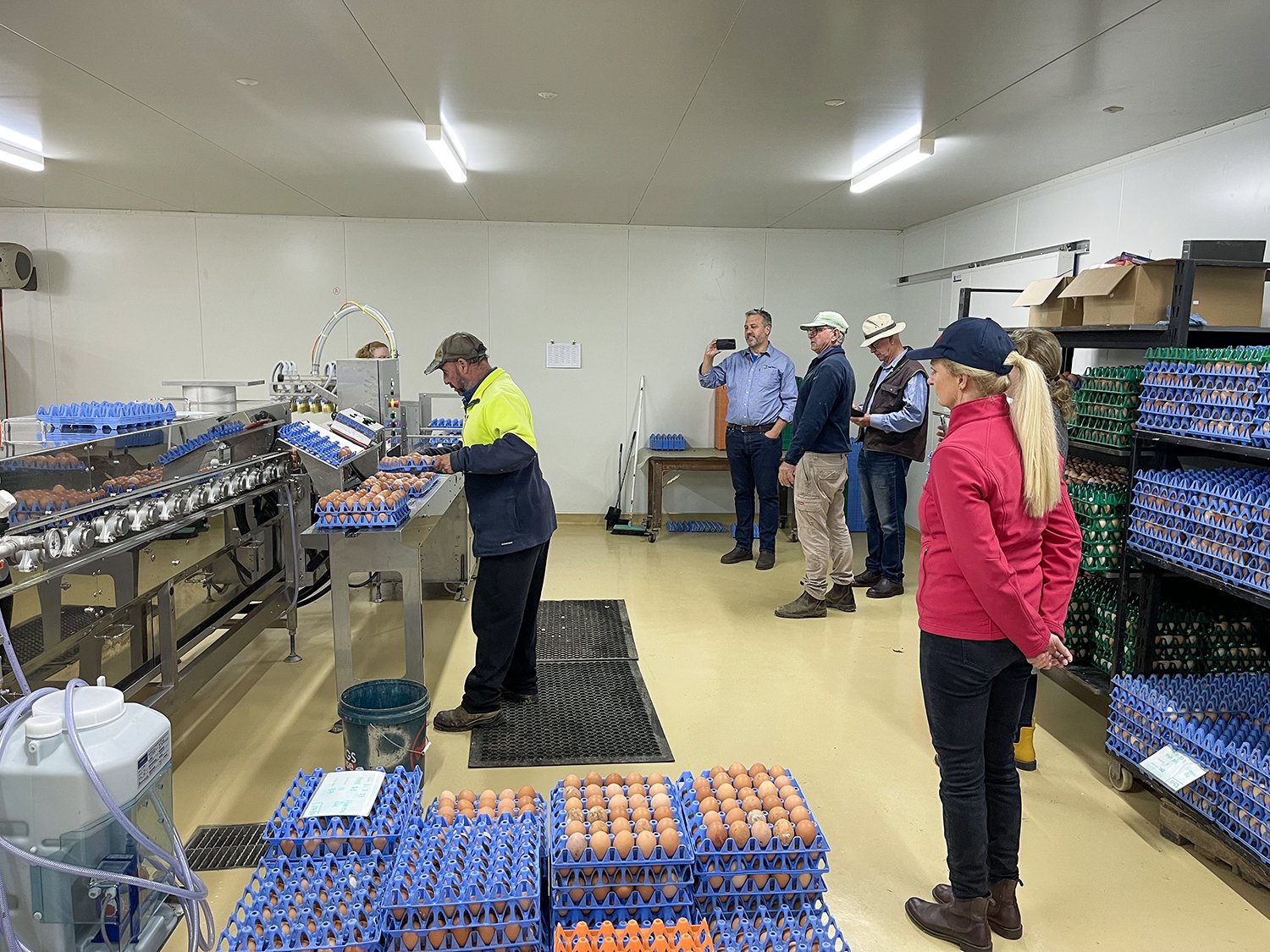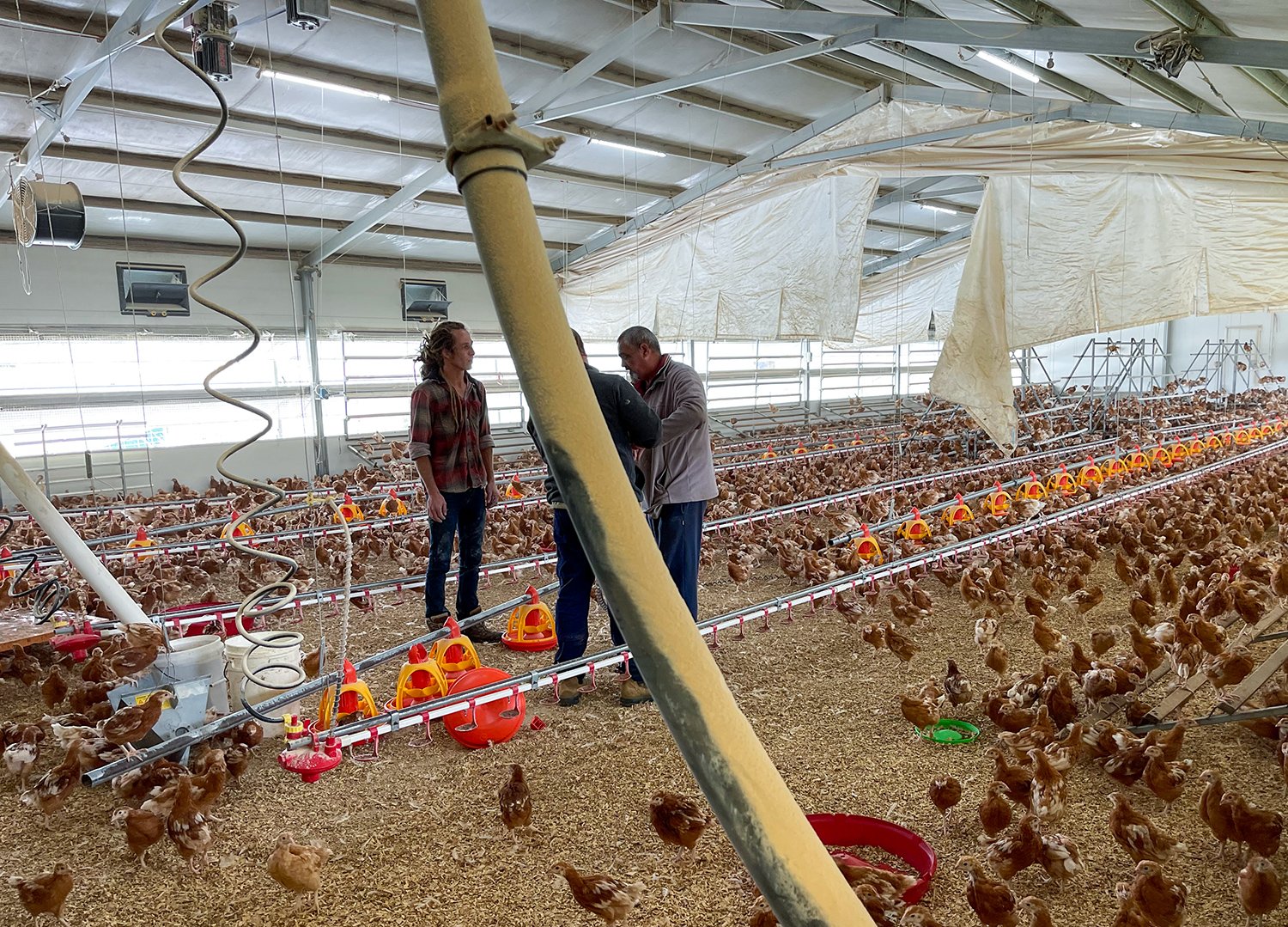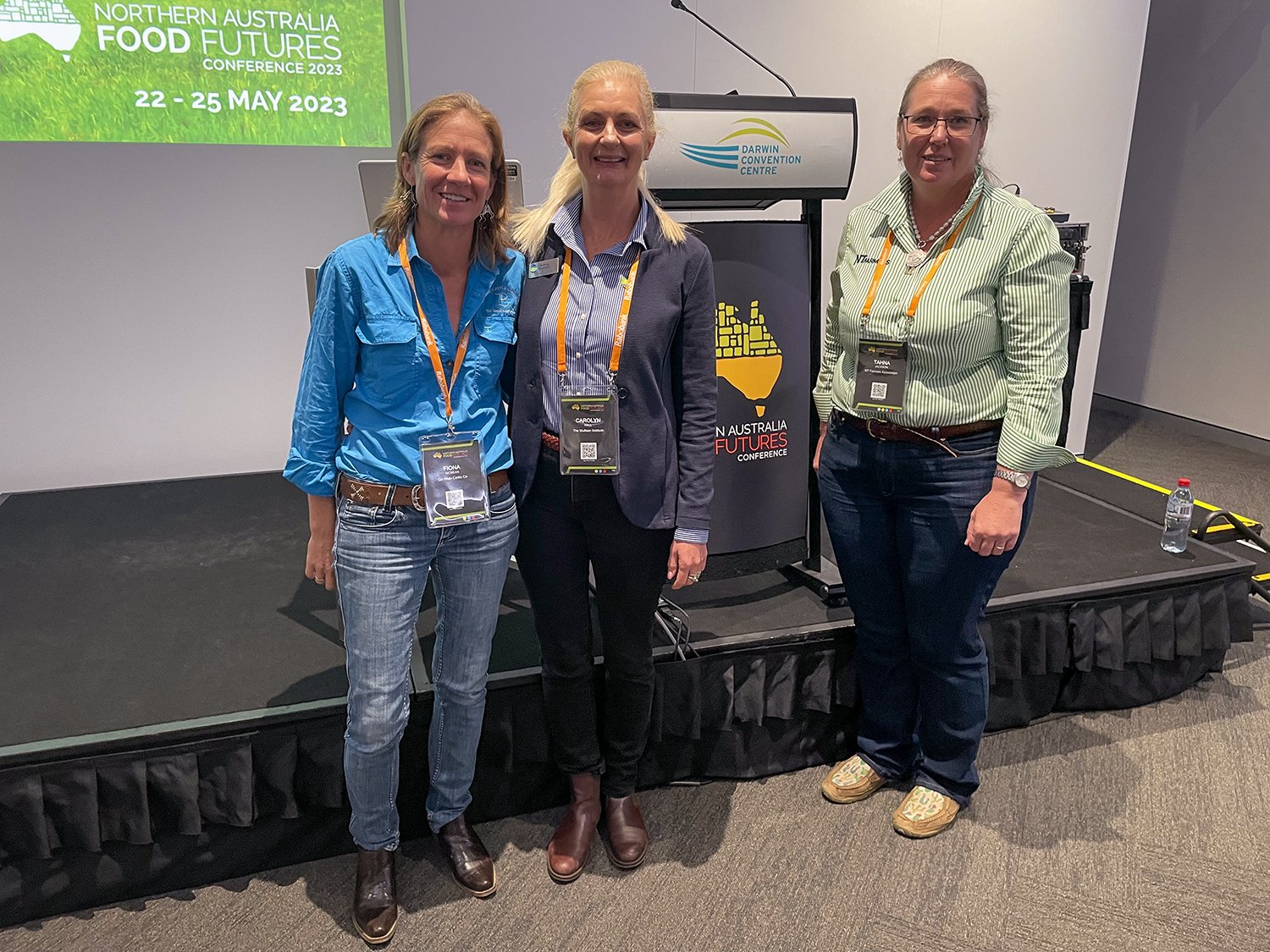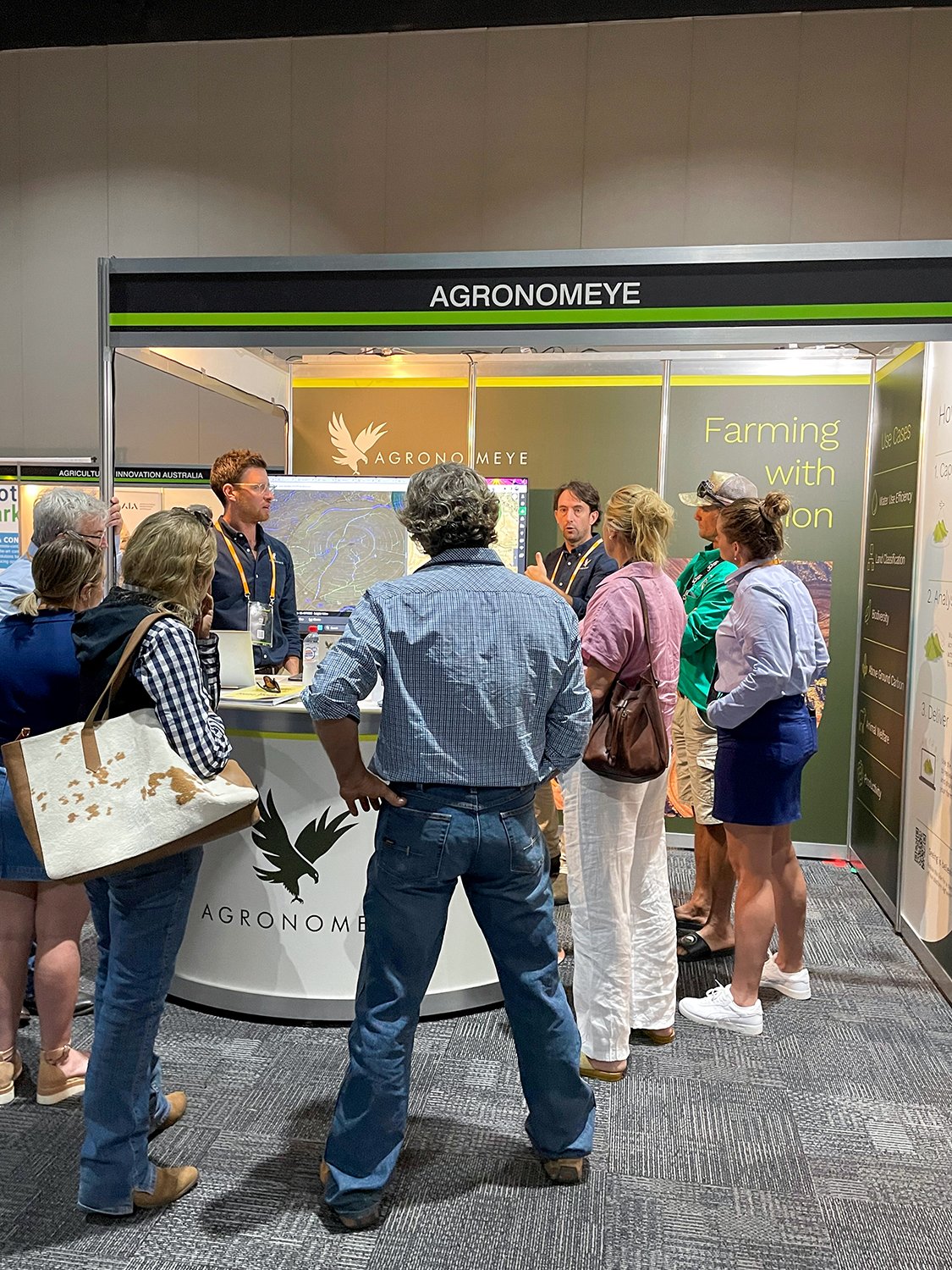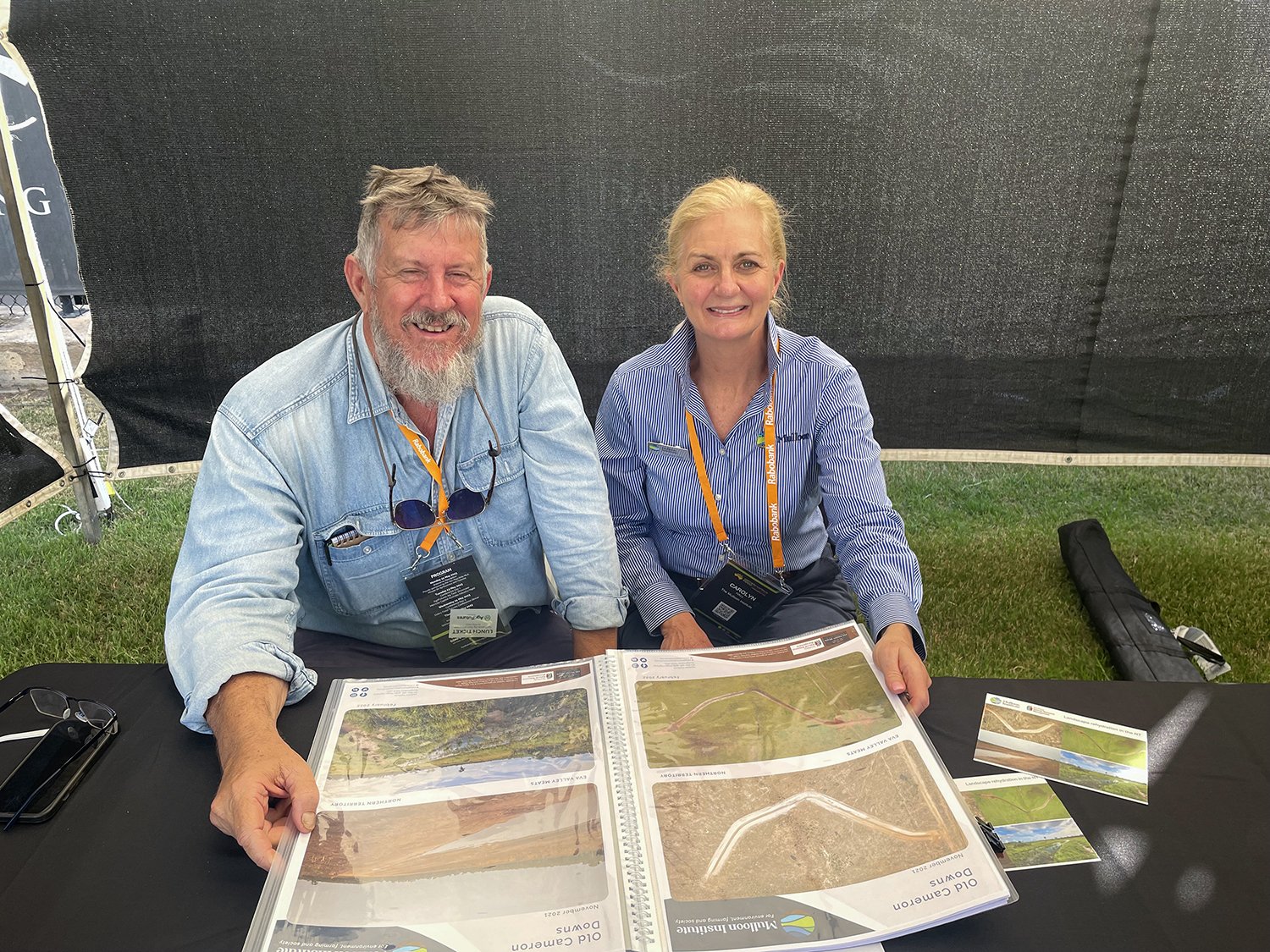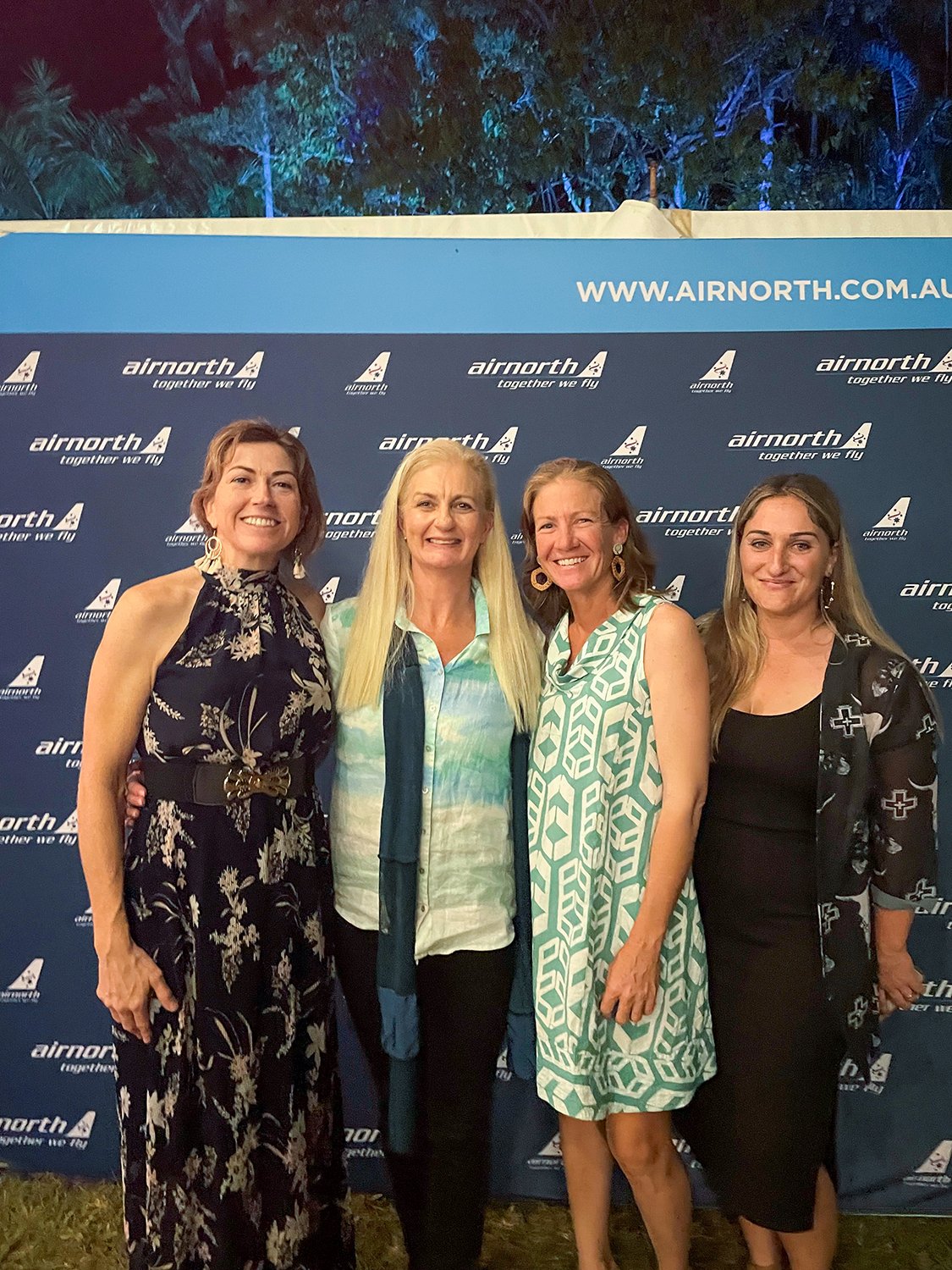Anticipating environmental law reform for Australia
Some climate change solutions are complex, and some are simple. Landscape rehydration fits in the simple category. All life needs water. Australia’s agricultural landscapes once had steady water cycles, spongy soils and creeks rich with life. Now they are desiccated and fragile, unable to withstand climate extremes. Landscape Rehydration Infrastructure repairs the water cycle and turns these landscapes around. The birds and frogs return to the wetlands, and the wider landscape swiftly regenerates and regains productive capacity. It’s extraordinary what happens when the land can once again infiltrate and store the rainfall it receives.
The barriers to these solutions being widespread are not financial, technical or social – they are legal. We have outdated Environmental laws, unique to each state, that obstruct countless restoration projects. These laws were never designed to govern pro-active restoration, they were designed to prevent environmentally damaging development. A single national reform is the urgent, obvious solution to this legal tangle: a Code of Practice. Such an approach would bring land Restoration in line with many other sectors that are effectively governed with Codes of Practice.
As Environmental Law specialist Dr Gerry Bates summarises:
“What we need is a national approach… rather than rely on six different agencies in every state and territory to apply their own set of regulations. It’s not working. If we can encourage the federal government to come to the party on this, it will be the most important change – for the regeneration of the Australian landscape – since Federation.” (Dr Gerry Bates, ABC Landline, ‘Leaky weirs – Returning catchments to pre-European function’, 12 March 2023)
The Institute is incredibly proud to have developed a draft Code with Bates and other experts to support the reform agenda. It can be found here. We encourage all who are invested in climate change adaptation and land restoration in Australia to become familiar with it, and send a message of in principle support for the code that we will take to Australia’s Minister for the Environment.
The Code’s release times with a significant ‘Restoration Law and Finance’ conference, which is being hosted by the Australian Centre for Climate and Environmental Law at the Sydney Law School, 7-8 December. Mulloon’s CEO Carolyn Hall will speak alongside many other strategic advocates who are dedicated to achieving Environmental Reform. We hope to see you there!
DOWNLOAD THE NATIONAL CODE PROPOSAL
DOWNLOAD THE CODE
Mulloon Institute, October 2023, 9.9 MB
DOWNLOAD THE CODE EXEC SUMMARY
Mulloon Institute, October 2023, 1 MB

